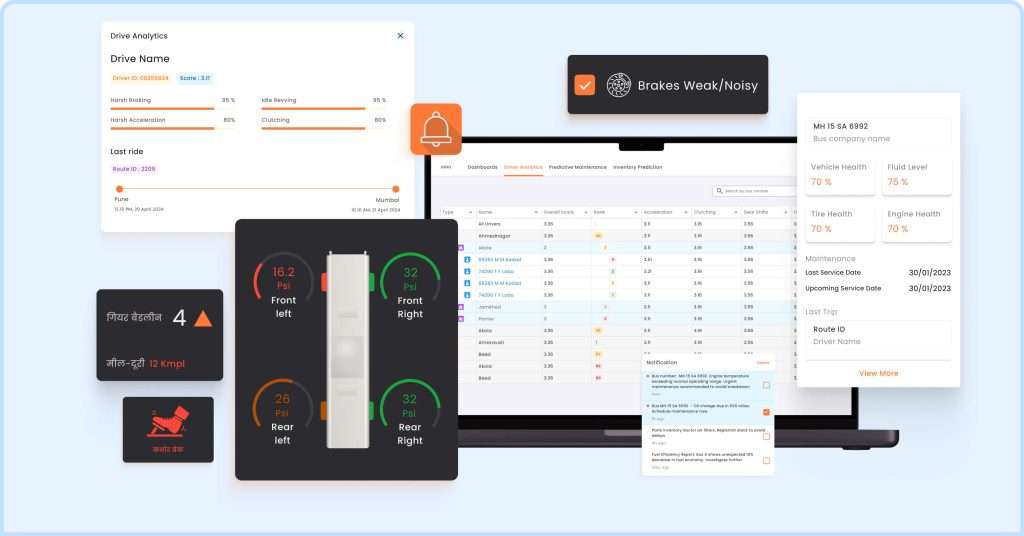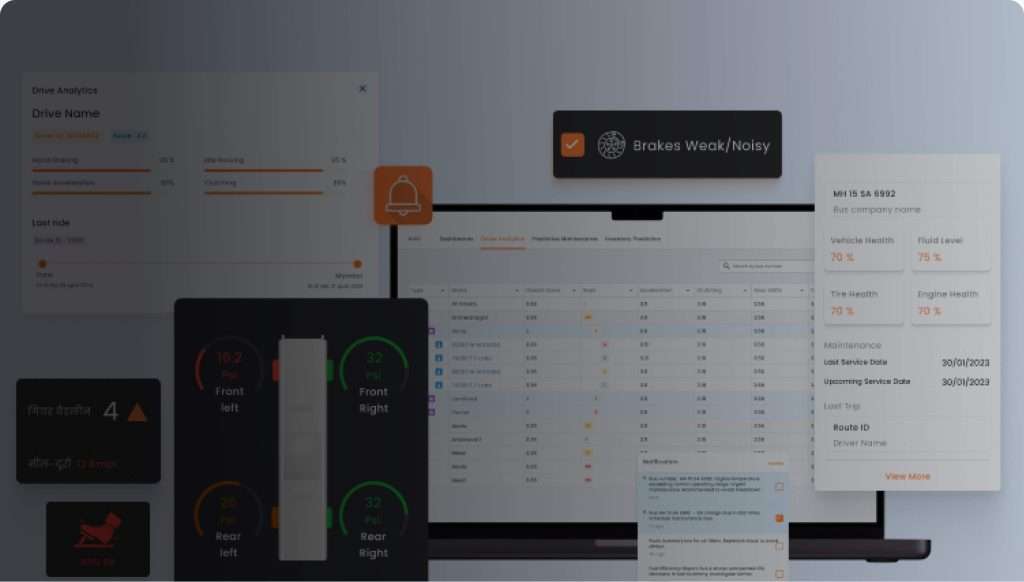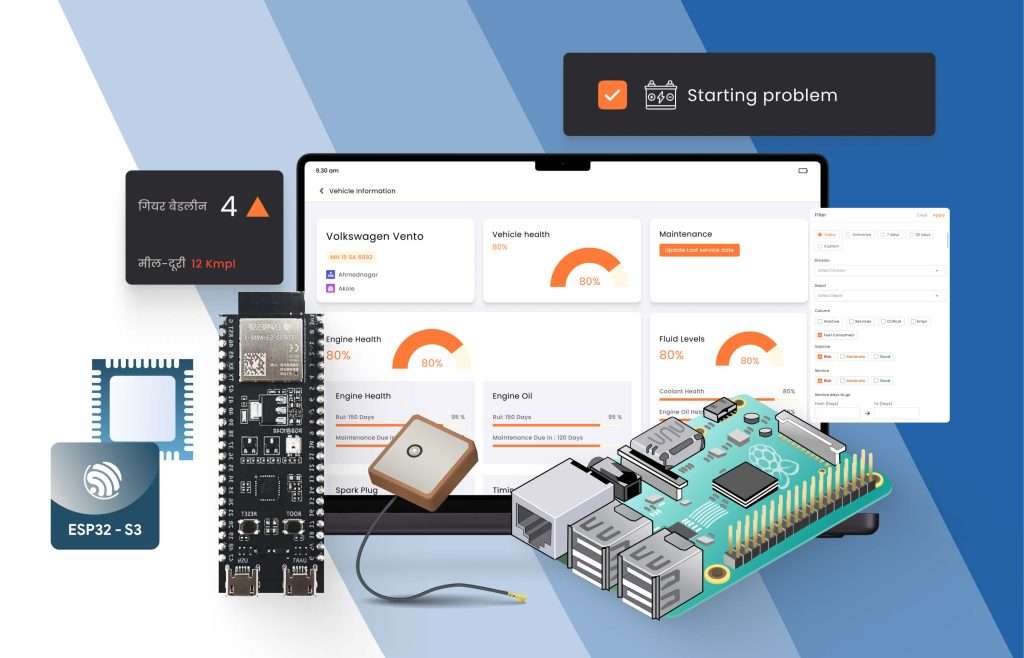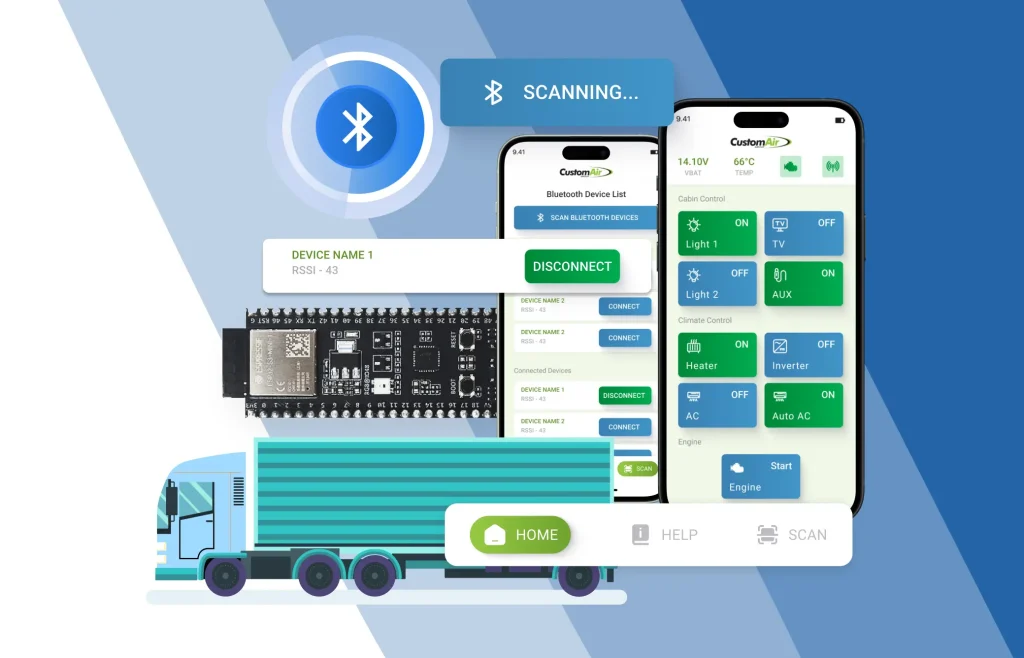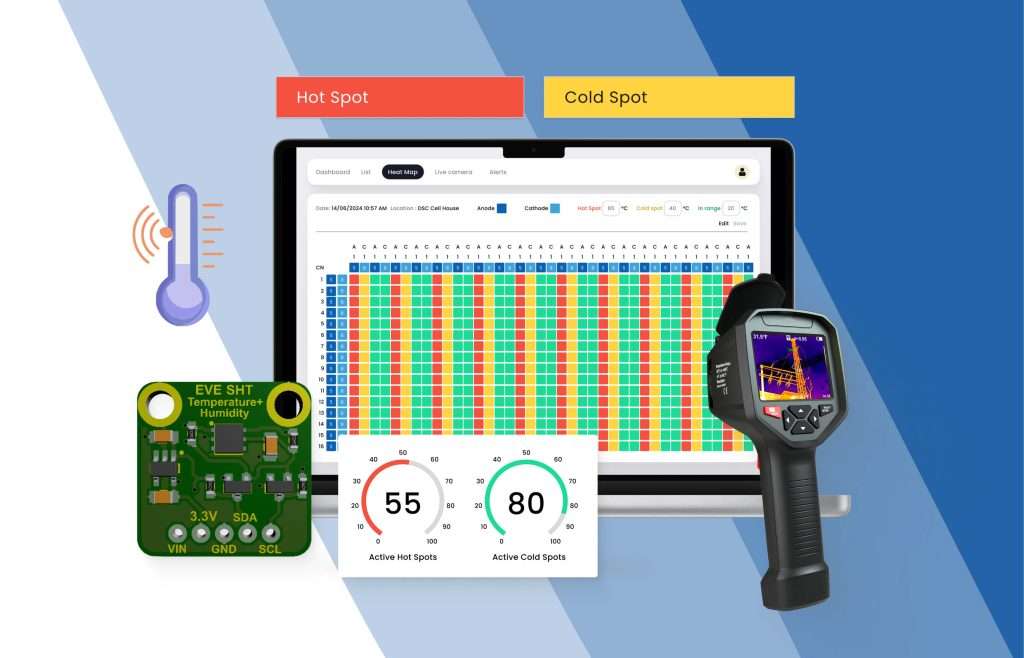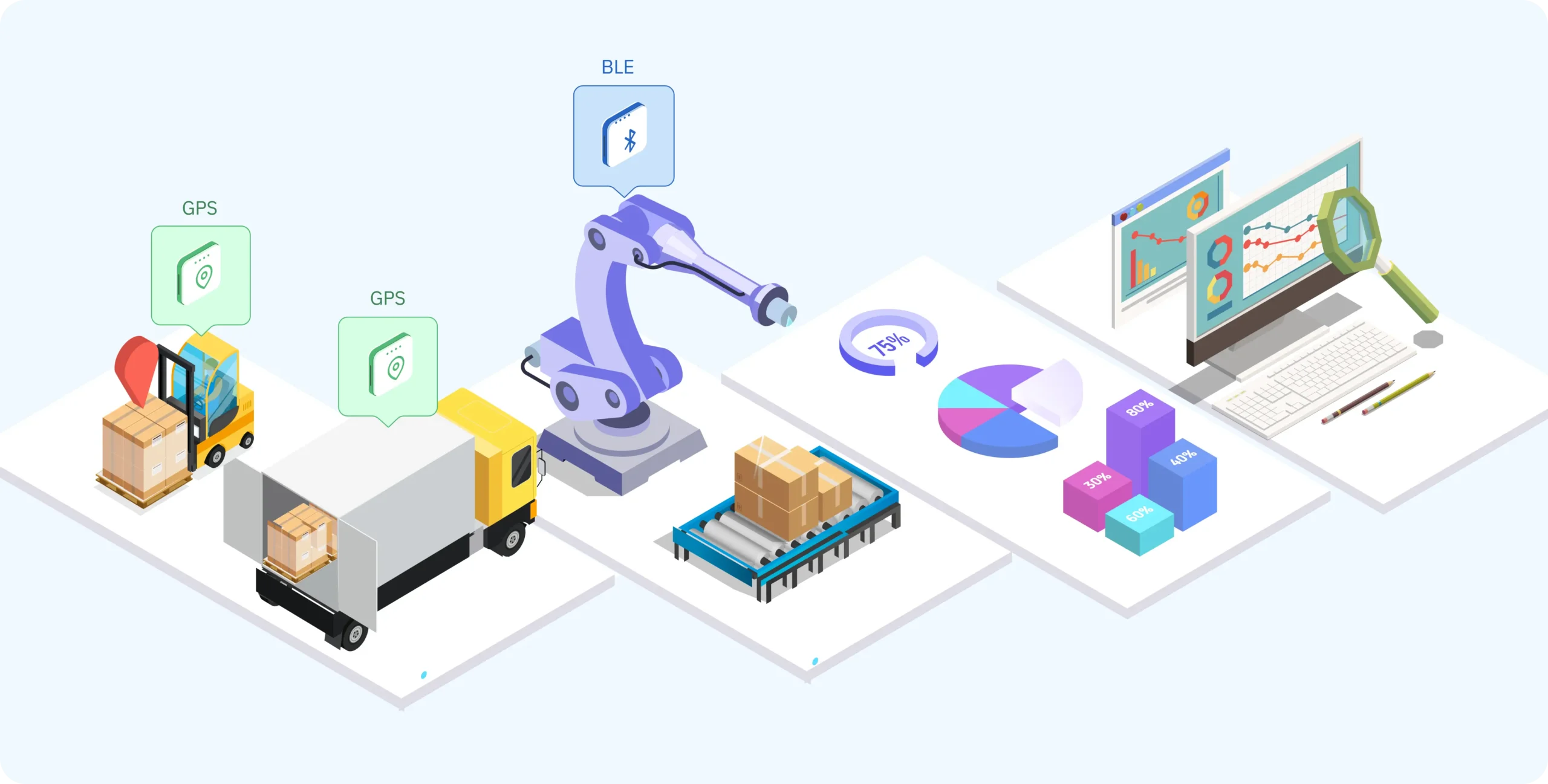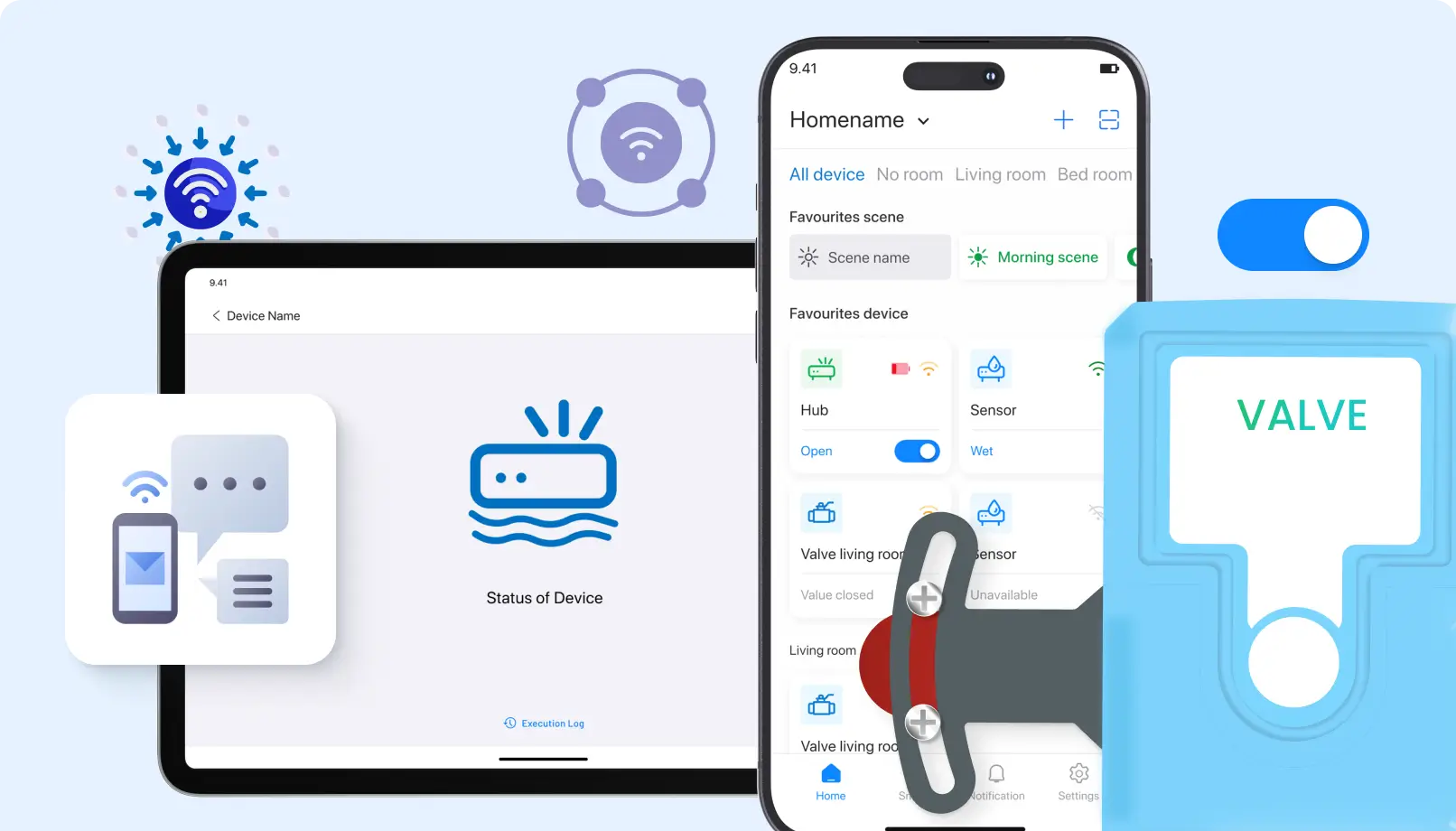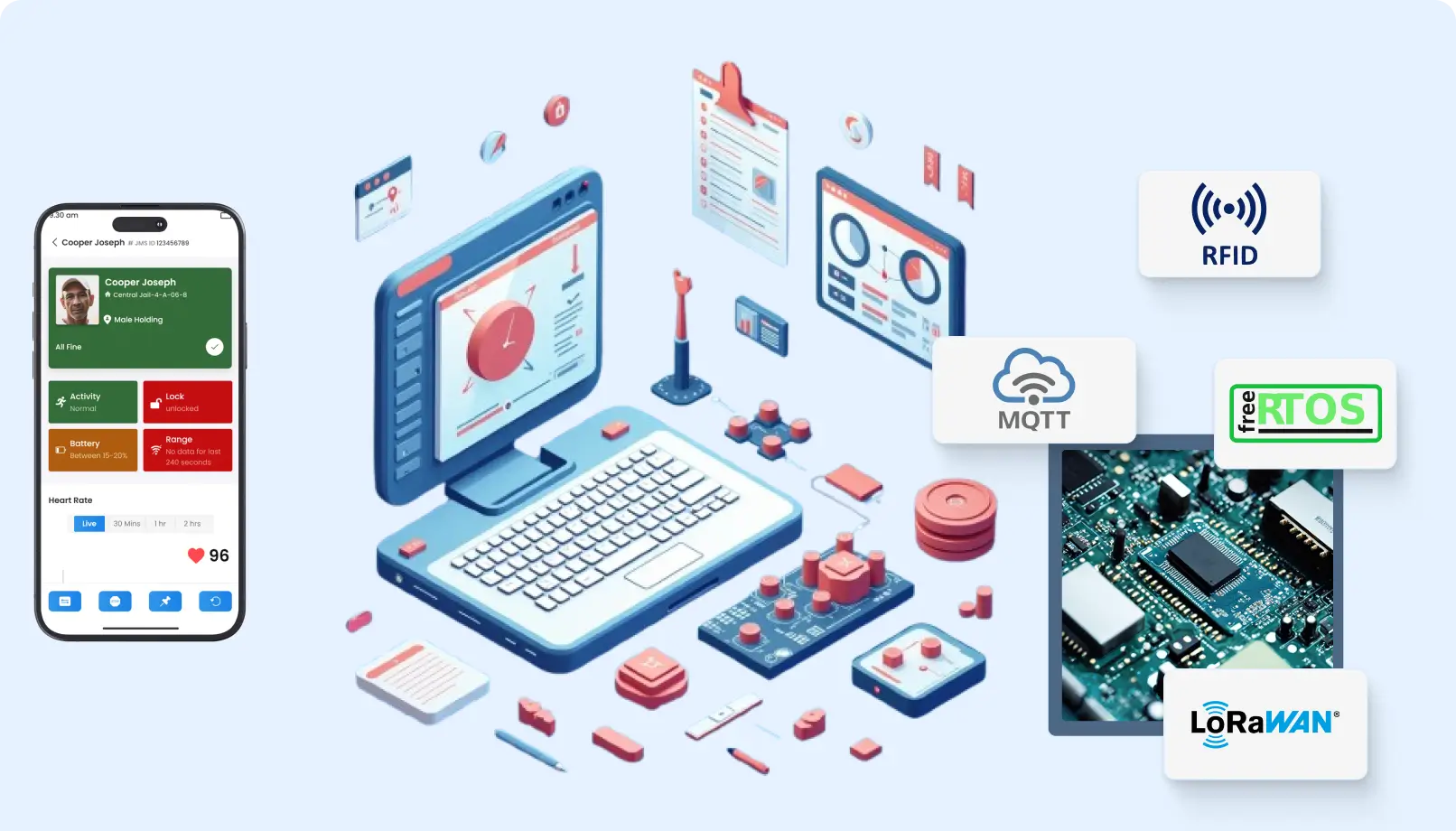Introduction to IoT in Fleet Management
Fleet management plays a crucial role for businesses reliant on vehicle operations, such as logistics firms and service companies. The ability to efficiently manage vehicles is essential for reducing costs, ensuring timely deliveries, and maintaining vehicle health. This is where the Internet of Things (IoT) comes into play, revolutionizing fleet management through IoT dashboards.
IoT technology enables vehicles to continuously send data to a centralized platform—an IoT dashboard—allowing fleet managers to optimize routes, monitor driver behavior, plan predictive maintenance, and ensure regulatory compliance. By analyzing real-time data, fleet operators can make informed decisions, improving efficiency, reducing costs, and enhancing safety.
In this blog, we will delve into the transformative role of IoT dashboards in fleet management, covering key features like real-time GPS tracking, driver behavior monitoring, predictive maintenance, fuel efficiency optimization, and compliance monitoring. We’ll also explore real-world use cases that highlight the tangible benefits of these solutions.
How IoT Dashboards Improve Fleet Management
1. Real-Time GPS Tracking
One of the most significant advantages of IoT dashboards in fleet management is real-time GPS tracking. With GPS devices installed in each vehicle, the location data is sent to the IoT dashboard, allowing fleet managers to monitor the exact position of every vehicle. This feature enables route optimization, minimizes delays, and ensures timely deliveries.
Real-World Use Case: Logistics Company
A logistics firm with thousands of trucks on the road uses real-time GPS tracking to monitor vehicle locations during deliveries. The IoT dashboard provides dispatchers with live updates on each truck’s location, enabling them to determine whether drivers are ahead of schedule or delayed by traffic or weather conditions. In cases of roadblocks or severe weather, dispatchers can quickly identify affected vehicles and suggest alternative routes, minimizing delays and maximizing operational efficiency.
2. Driver Behavior Monitoring
IoT dashboards also offer driver behavior monitoring by tracking data such as speeding, harsh braking, rapid acceleration, and idle time. This data helps fleet managers improve driver safety, reduce the risk of accidents, and optimize fuel consumption.
Case Study: Improving Driver Safety
A regional food delivery company installs IoT-enabled devices in its delivery vans to monitor driver behavior. The fleet managers access the data through an IoT dashboard, which provides actionable insights. For instance, one driver is flagged for frequent speeding and harsh braking. The fleet manager schedules a training session to improve the driver’s performance. Post-training, the IoT dashboard tracks reduced instances of risky driving behaviors, leading to increased safety and reduced fuel consumption.
3. Predictive Maintenance
IoT dashboards play a critical role in predictive maintenance, sending real-time data on engine temperature, oil levels, brake condition, and tire pressure to fleet managers. This allows them to schedule maintenance proactively, preventing costly breakdowns and minimizing downtime.
Real-World Use Case: Reducing Vehicle Downtime
A public bus company in a large city equips its fleet with IoT sensors that monitor key mechanical components. The IoT dashboard alerts the fleet manager when a bus’s brake system is nearing failure, allowing maintenance to be scheduled during off-peak hours. By addressing potential issues before they escalate, the company avoids costly repairs and ensures continuous service.
4. Fuel Efficiency Optimization
Fuel costs are a significant concern for fleet managers. IoT dashboards provide detailed insights into fuel consumption, tracking metrics such as idle time, driving speed, and route efficiency. Fleet managers can use this data to identify inefficiencies and optimize fuel usage.
Case Study: Optimizing Fuel for Delivery Trucks
An e-commerce company with a fleet of delivery trucks leverages IoT-enabled fuel tracking systems to monitor fuel consumption patterns. The IoT dashboard reveals that several trucks have extended idle times between deliveries. The fleet manager sets a three-minute idle limit and re-routes trucks to less congested areas, significantly reducing fuel consumption and operational costs.
5. Compliance Monitoring and Reporting
Ensuring regulatory compliance is critical in fleet management. An IoT dashboard automatically tracks key data points such as hours of service (HOS), vehicle inspections, and maintenance schedules, ensuring compliance with industry regulations.
Real-World Use Case: Ensuring Regulatory Compliance
A multi-state trucking company uses an IoT dashboard to automatically track HOS data for each driver, preventing drivers from exceeding the legally allowable hours without rest. The dashboard also alerts fleet managers when vehicles are due for inspection or maintenance, ensuring regulatory compliance and avoiding fines.
Conclusion
IoT dashboards have revolutionized fleet management by providing real-time insights and actionable data that enhance operational efficiency, reduce costs, and improve safety. From real-time GPS tracking and driver behavior monitoring to predictive maintenance and fuel efficiency optimization, IoT dashboards offer comprehensive solutions for fleet managers looking to streamline operations and improve decision-making.
As the fleet management industry continues to evolve, IoT dashboards will play an increasingly critical role in driving data-driven, efficient, and sustainable fleet operations. The future of fleet management lies in leveraging IoT technology to optimize every aspect of vehicle performance and fleet logistics.
